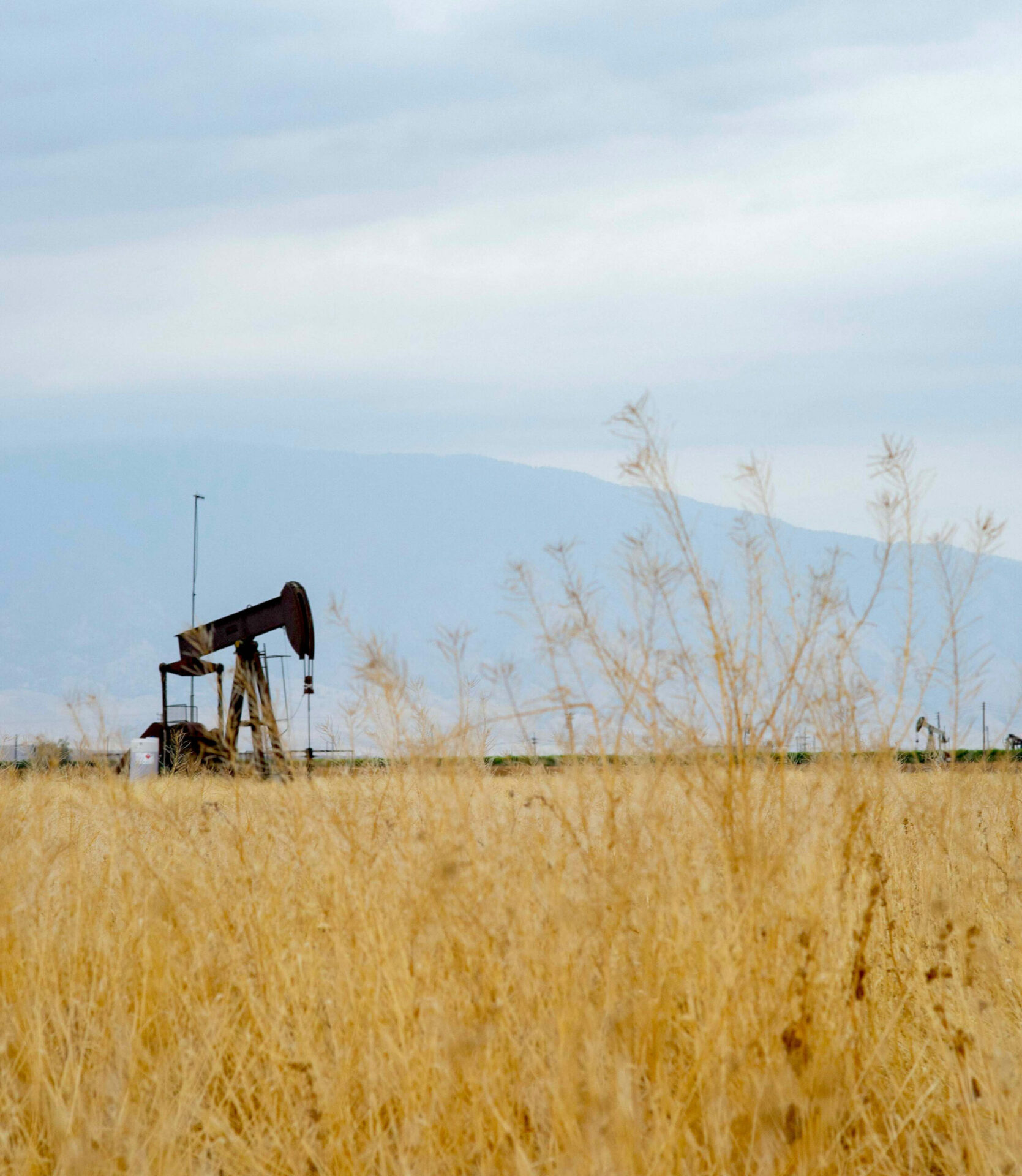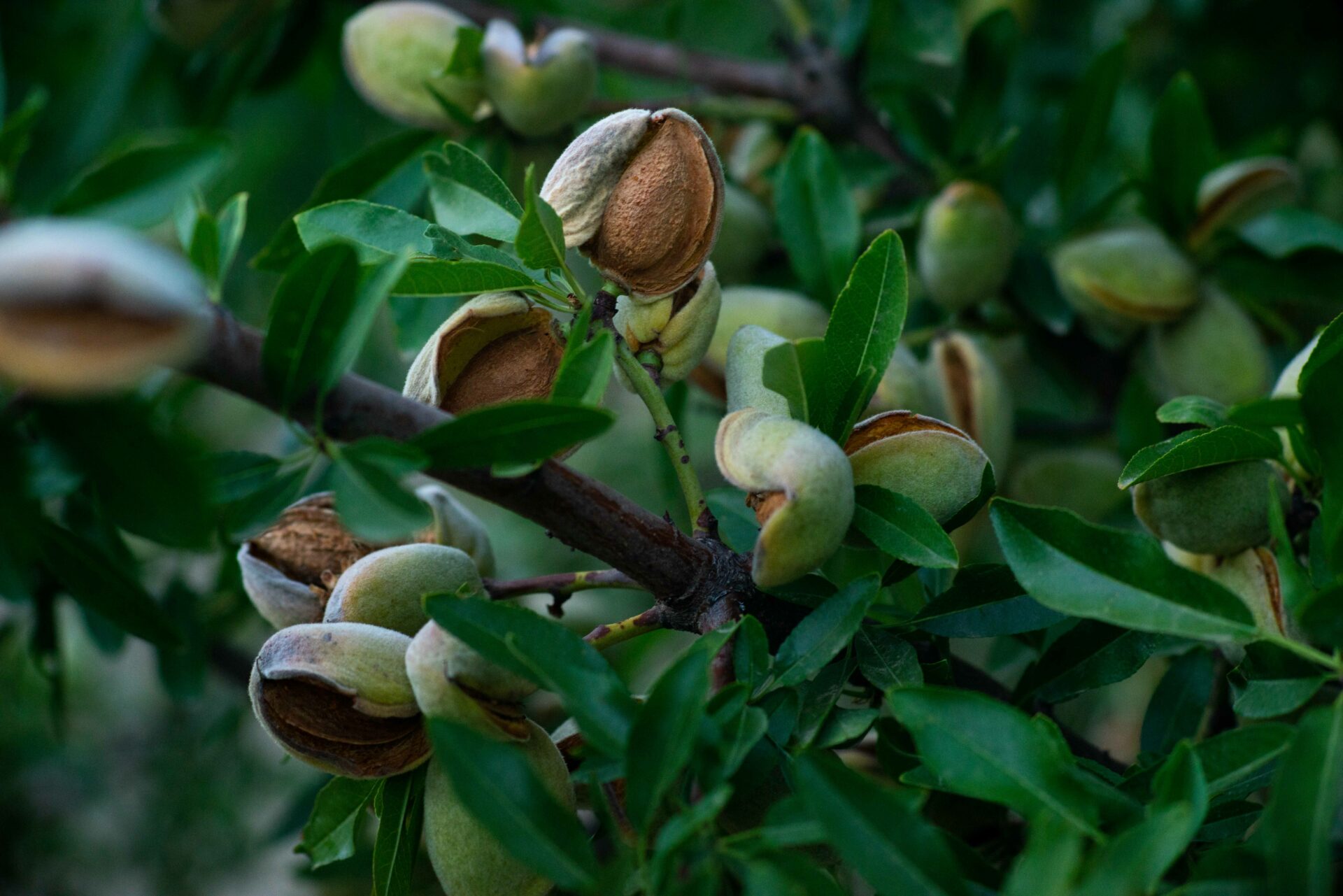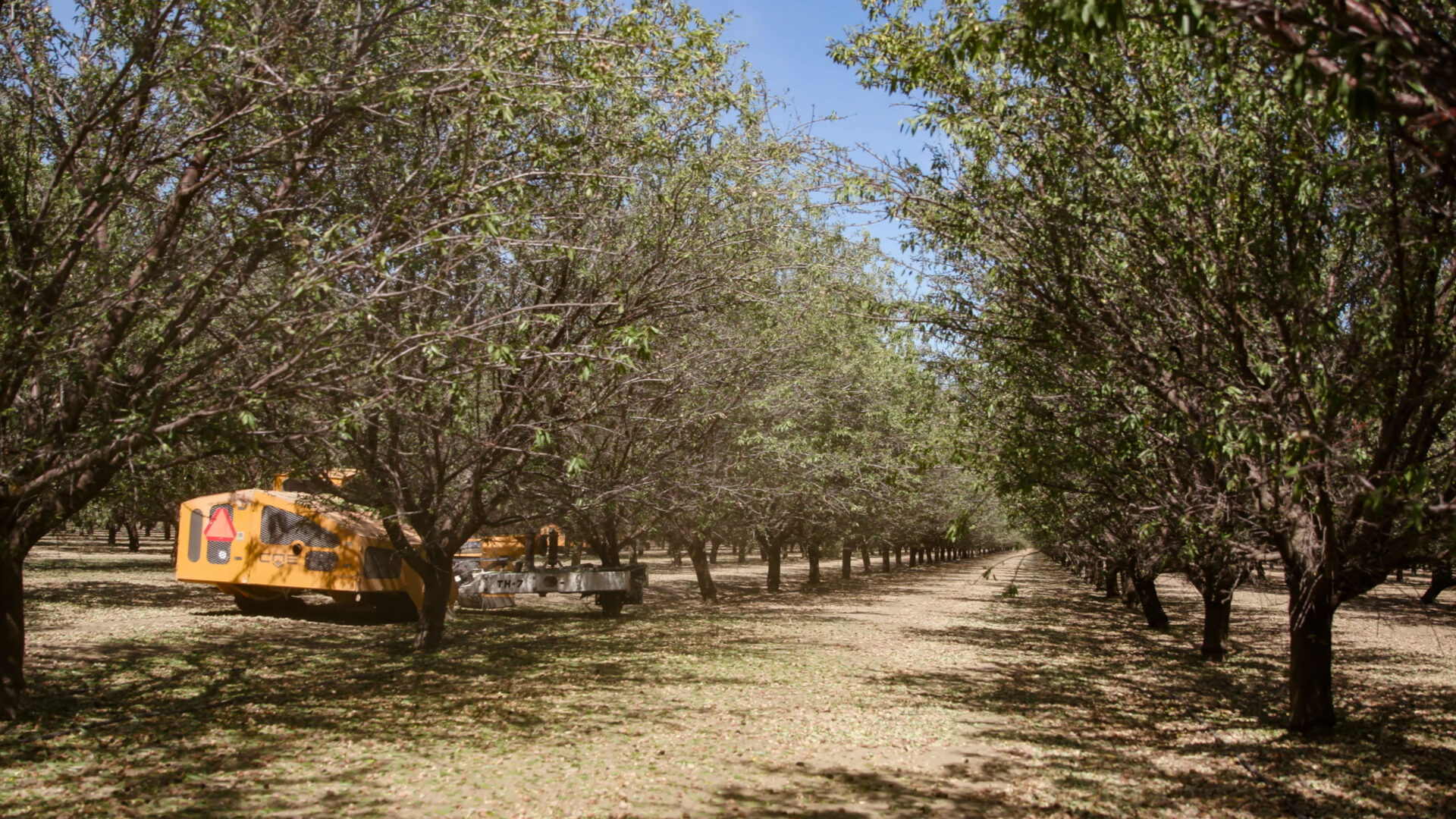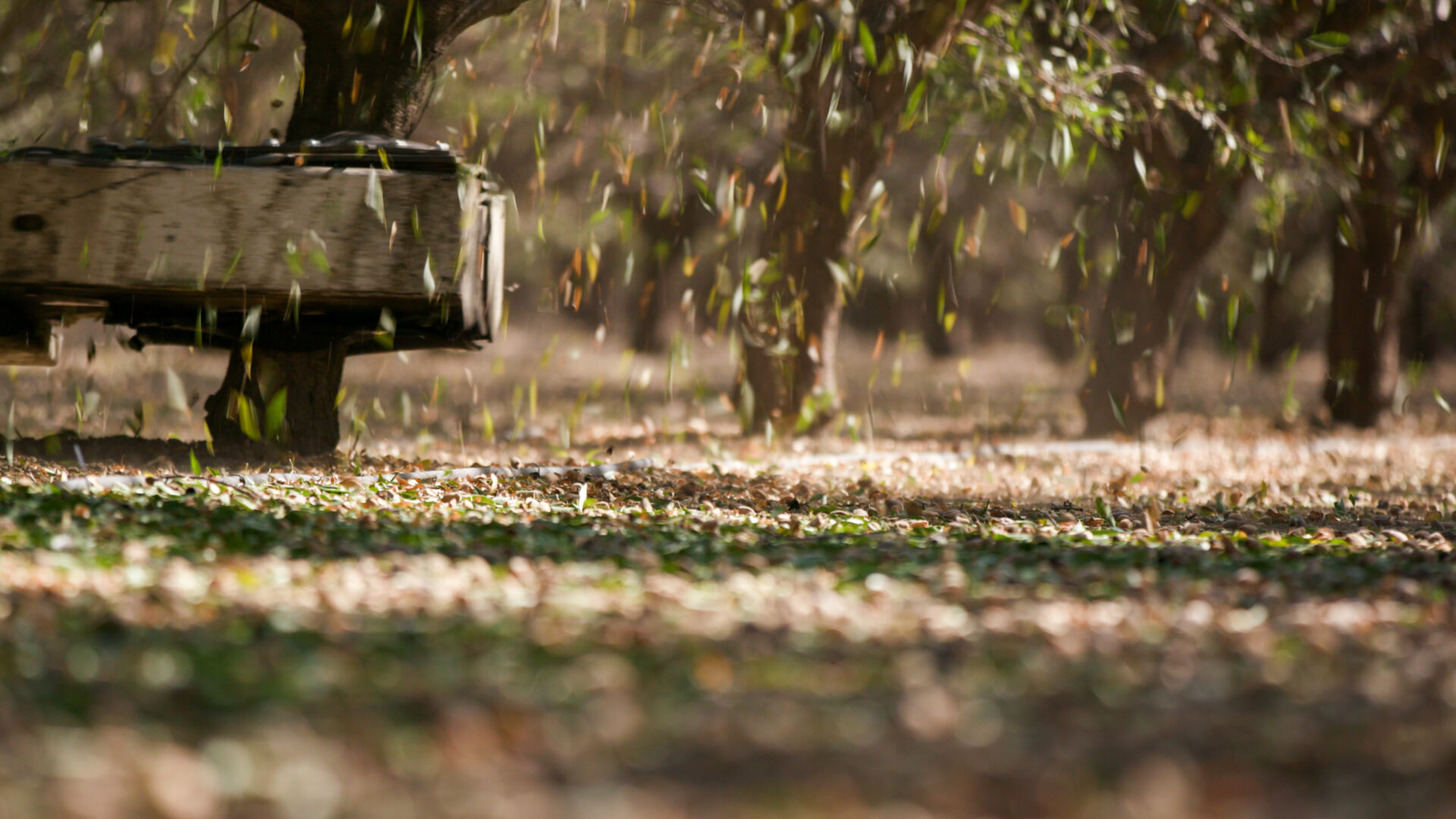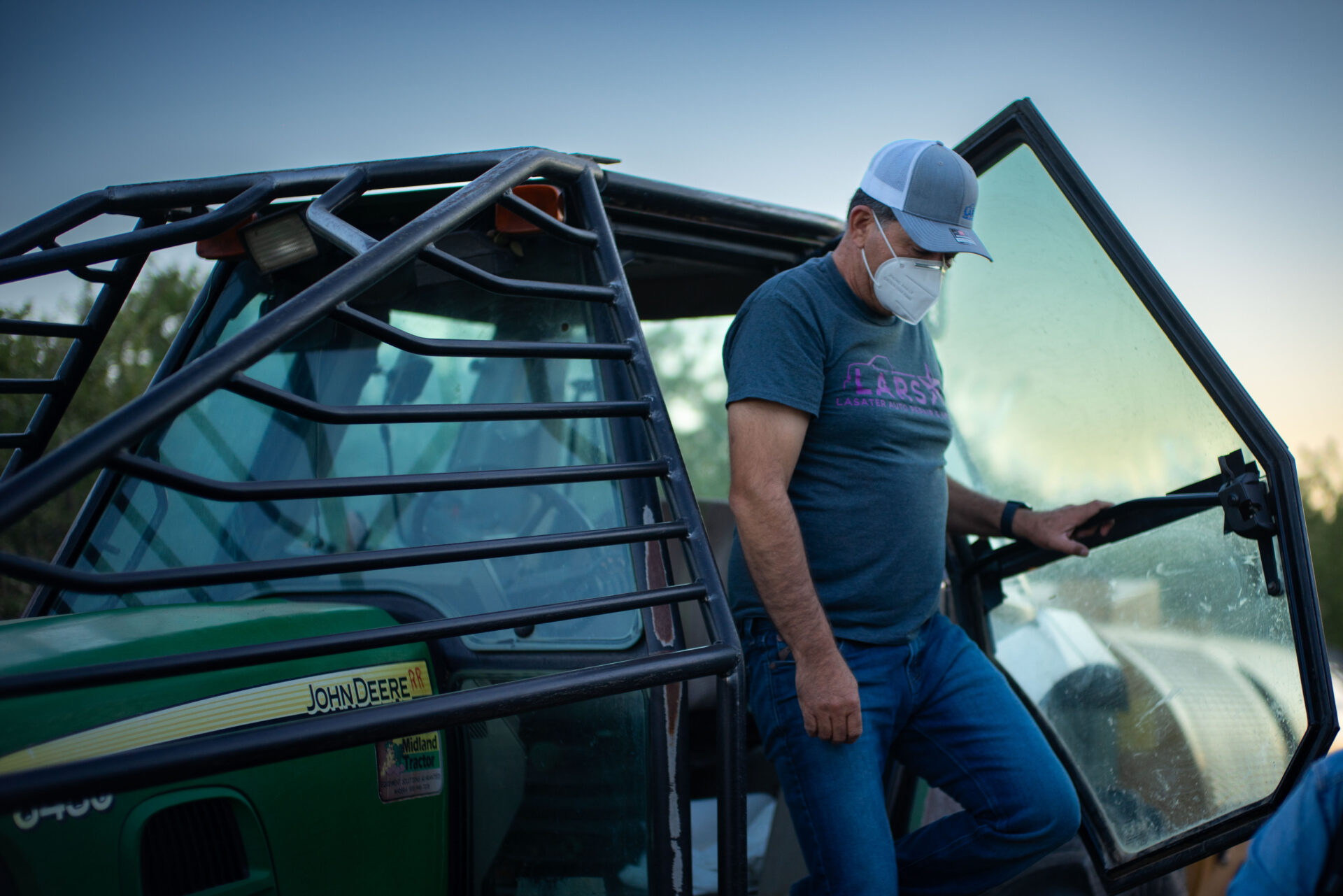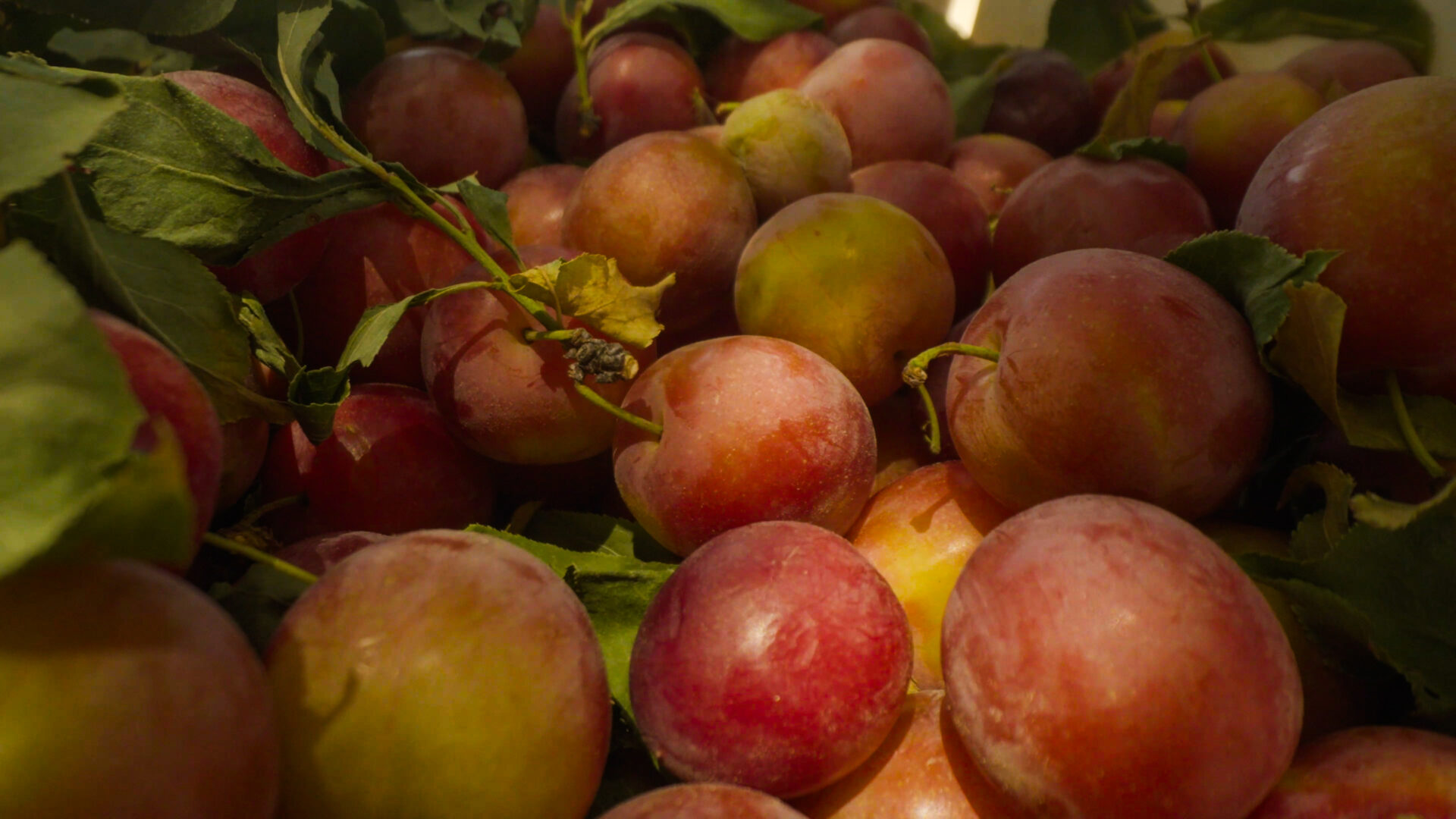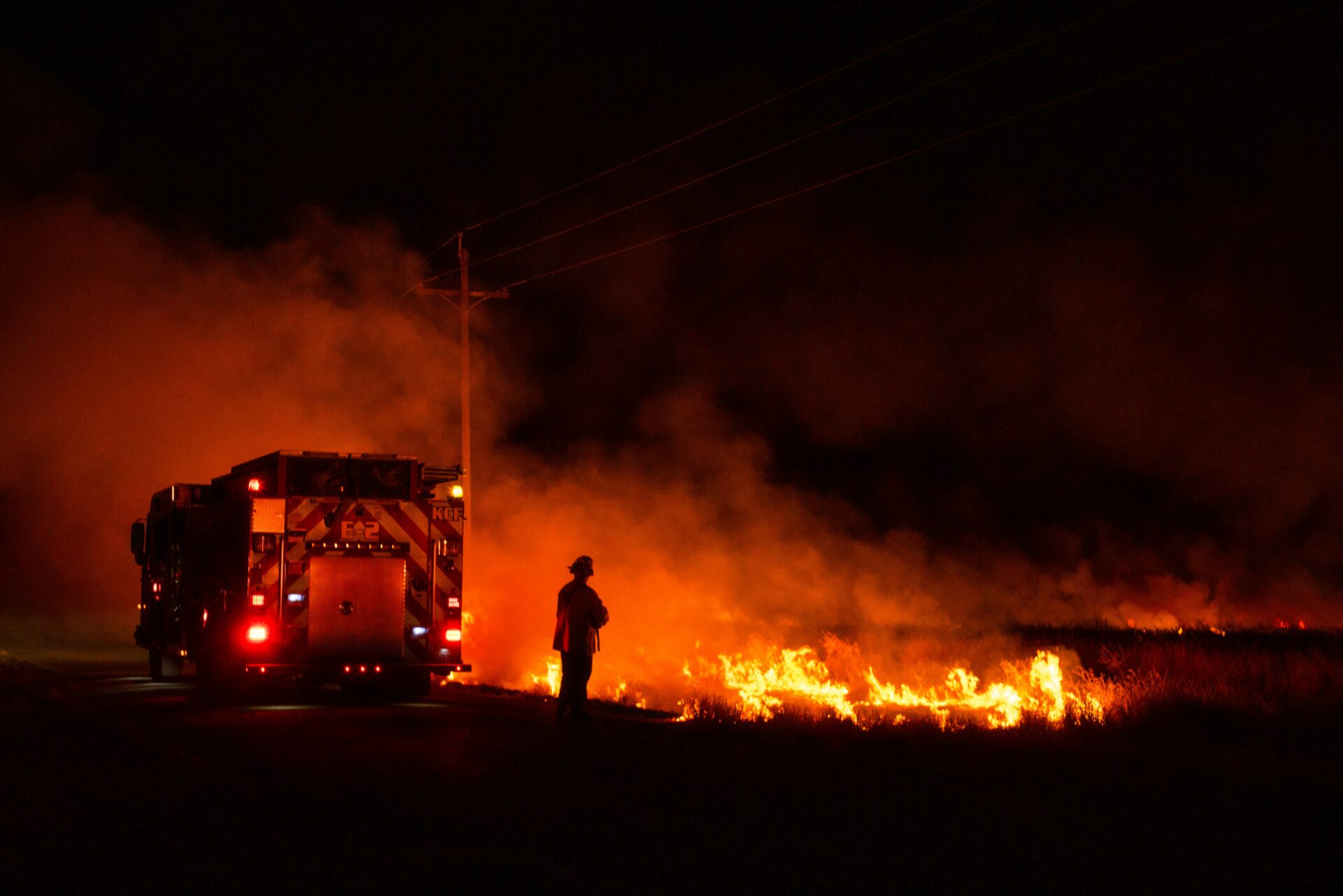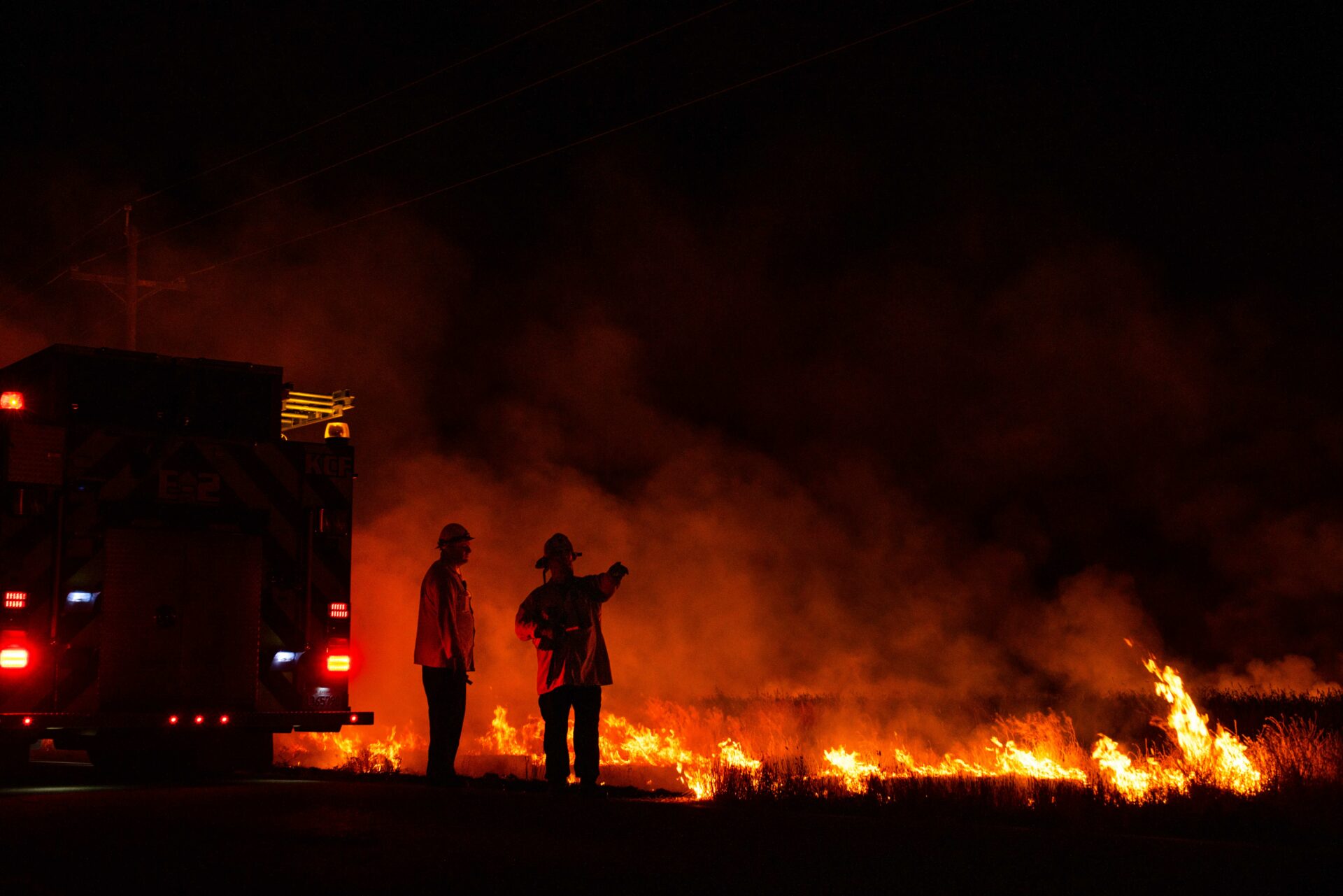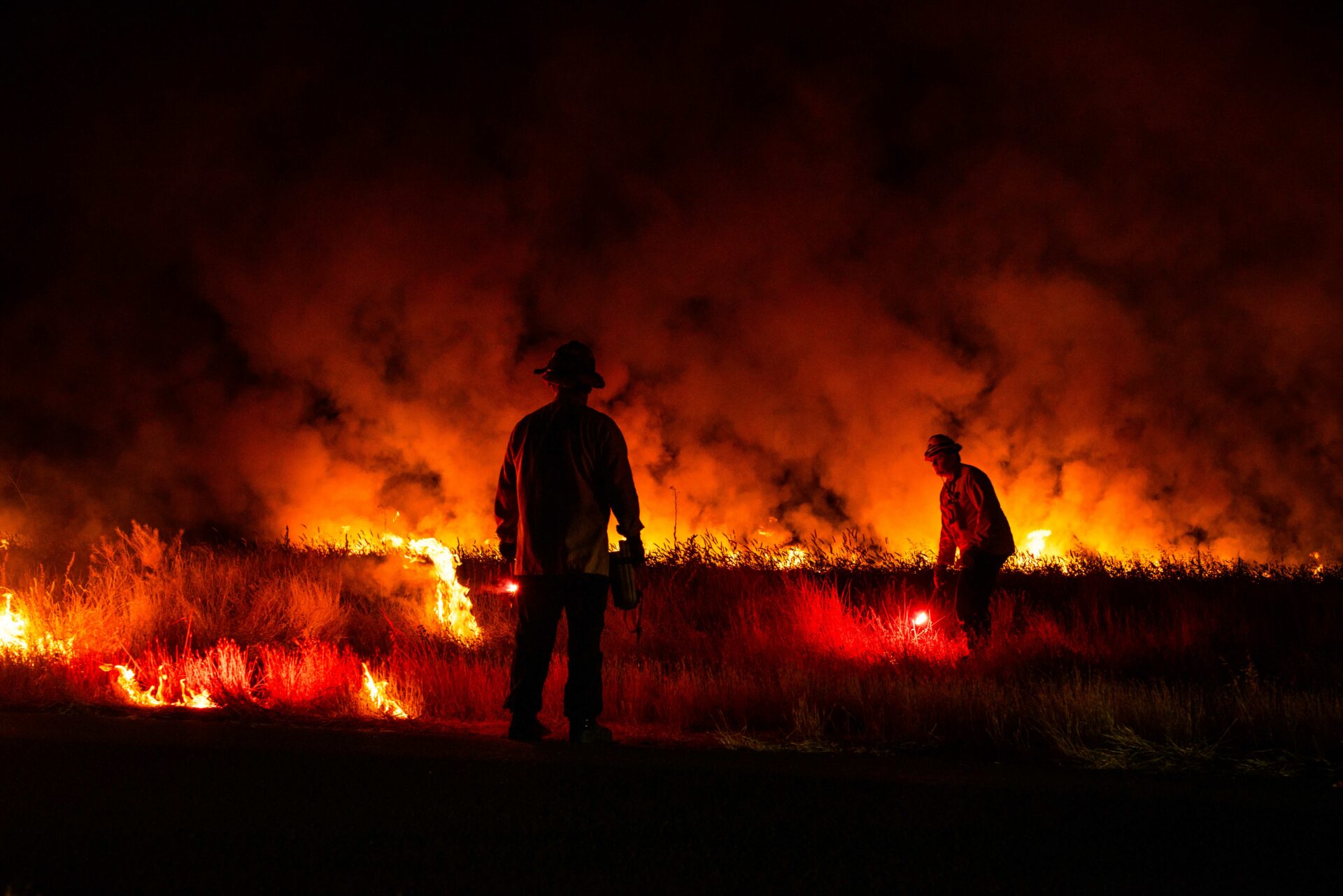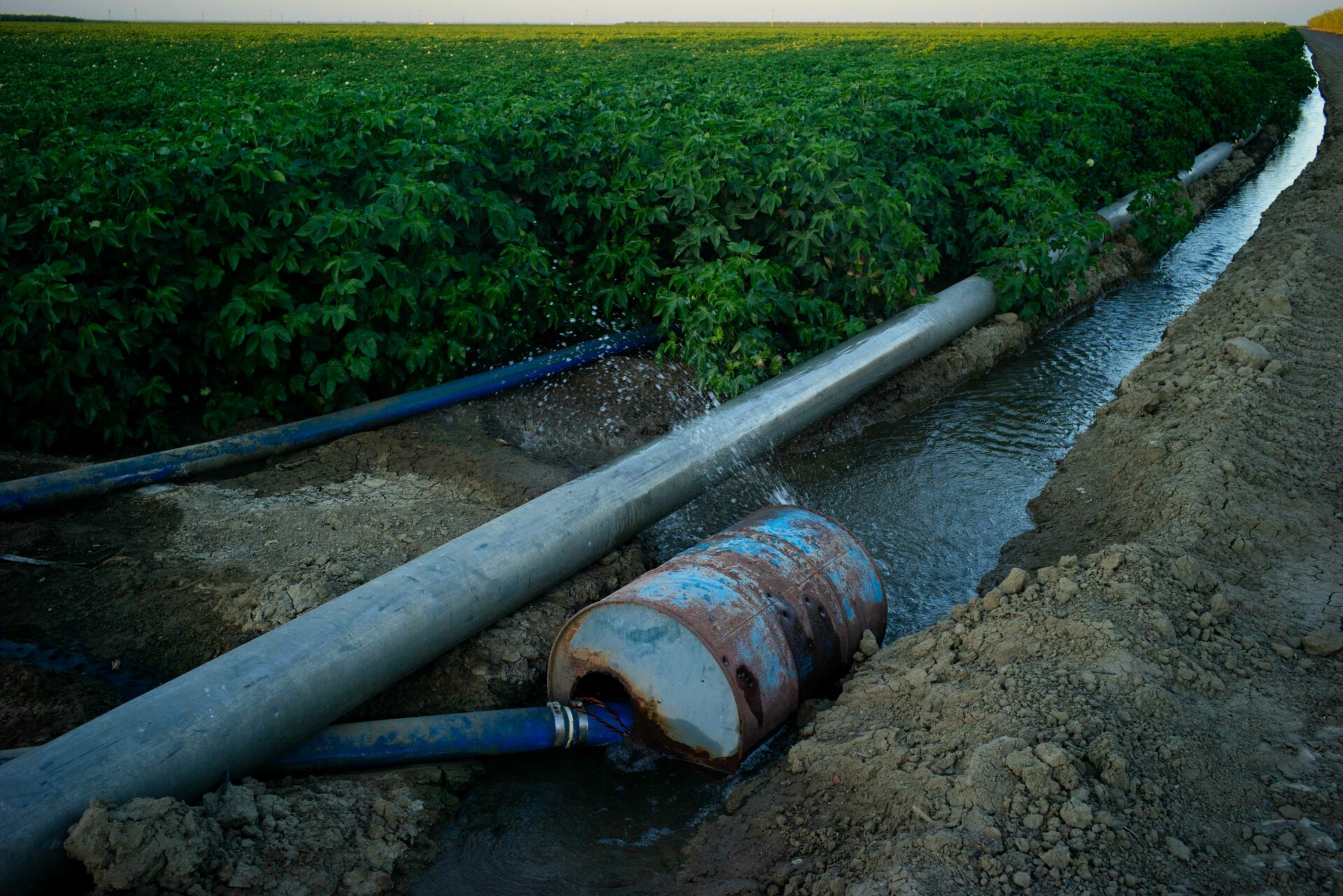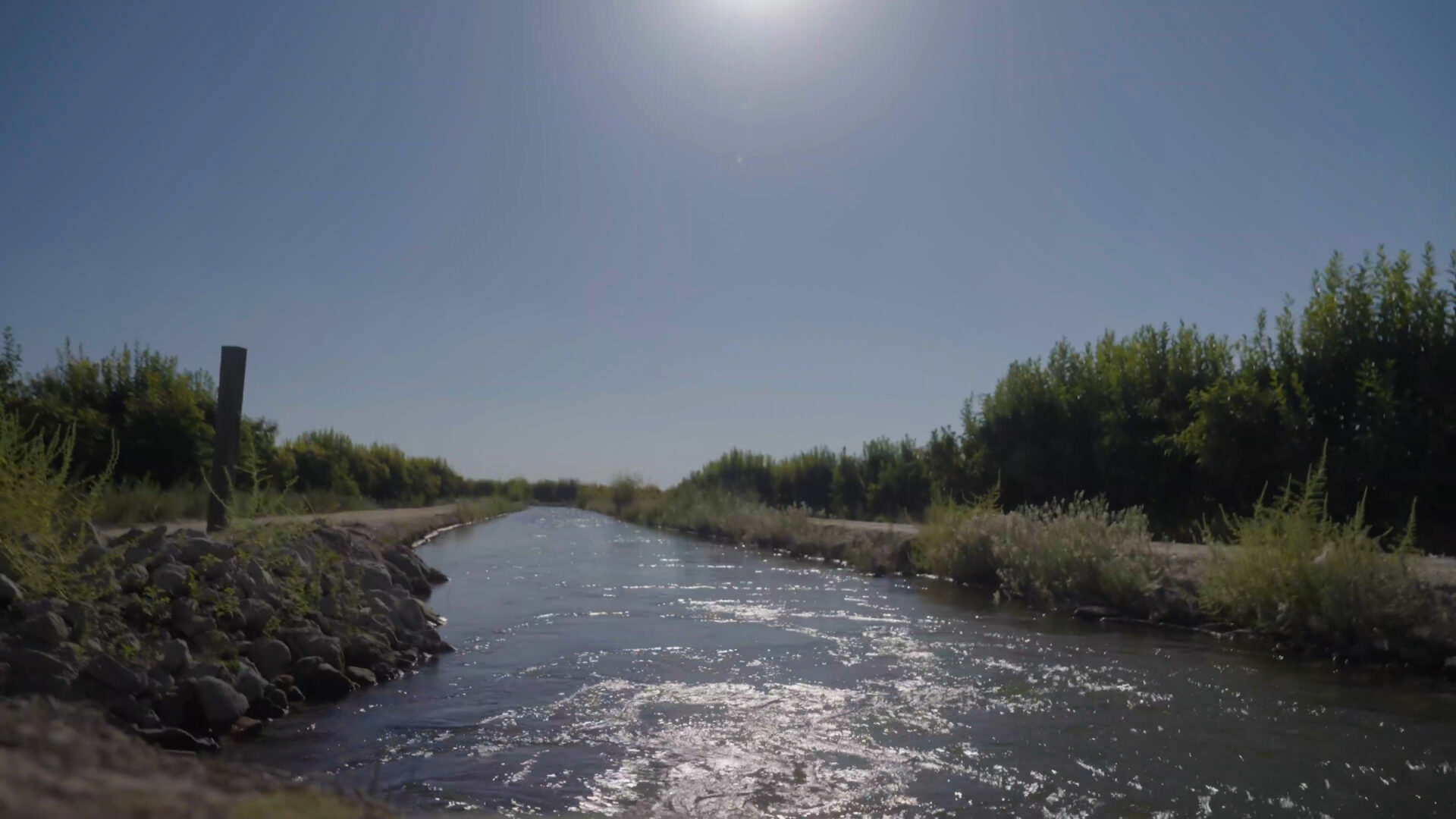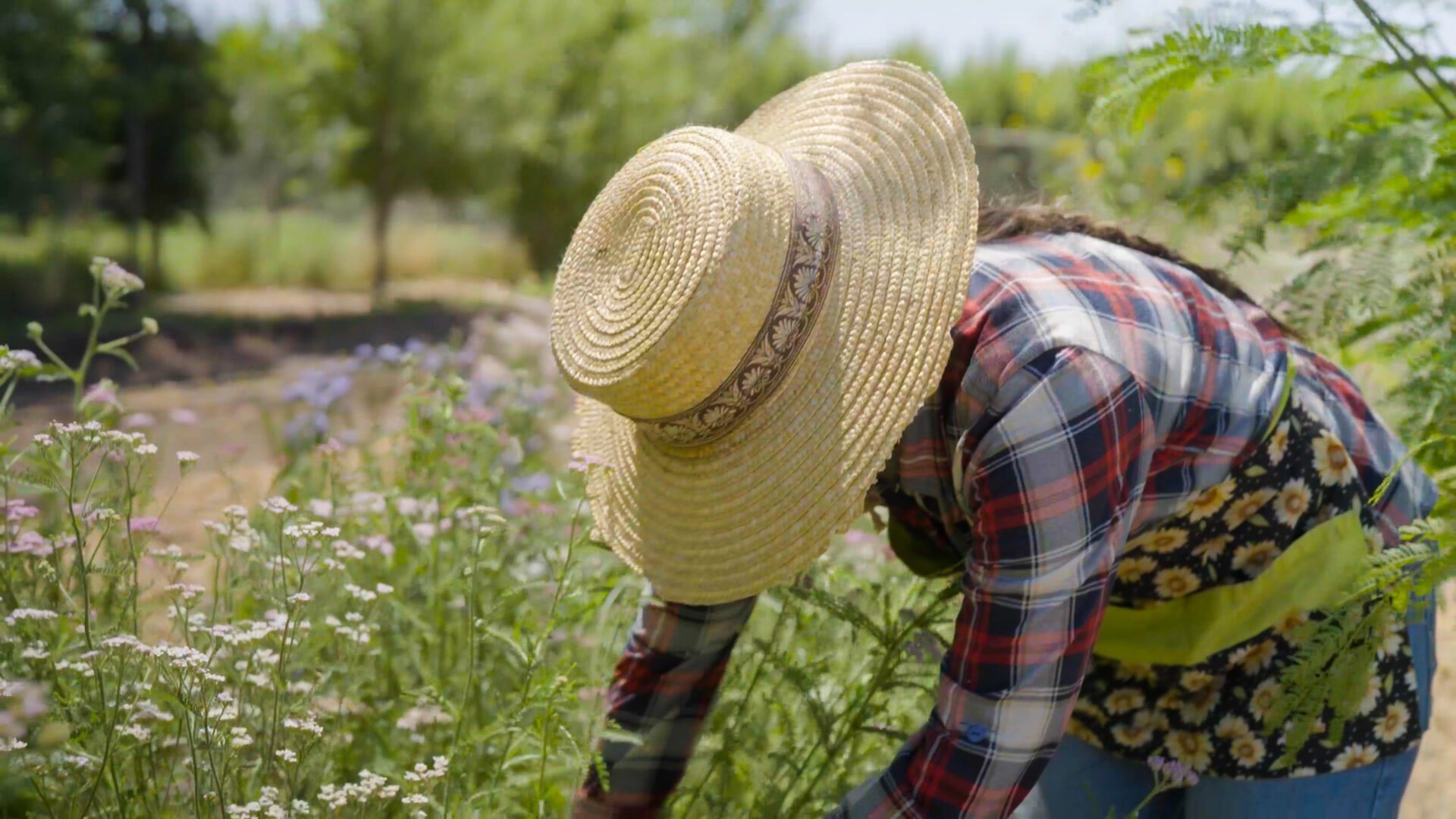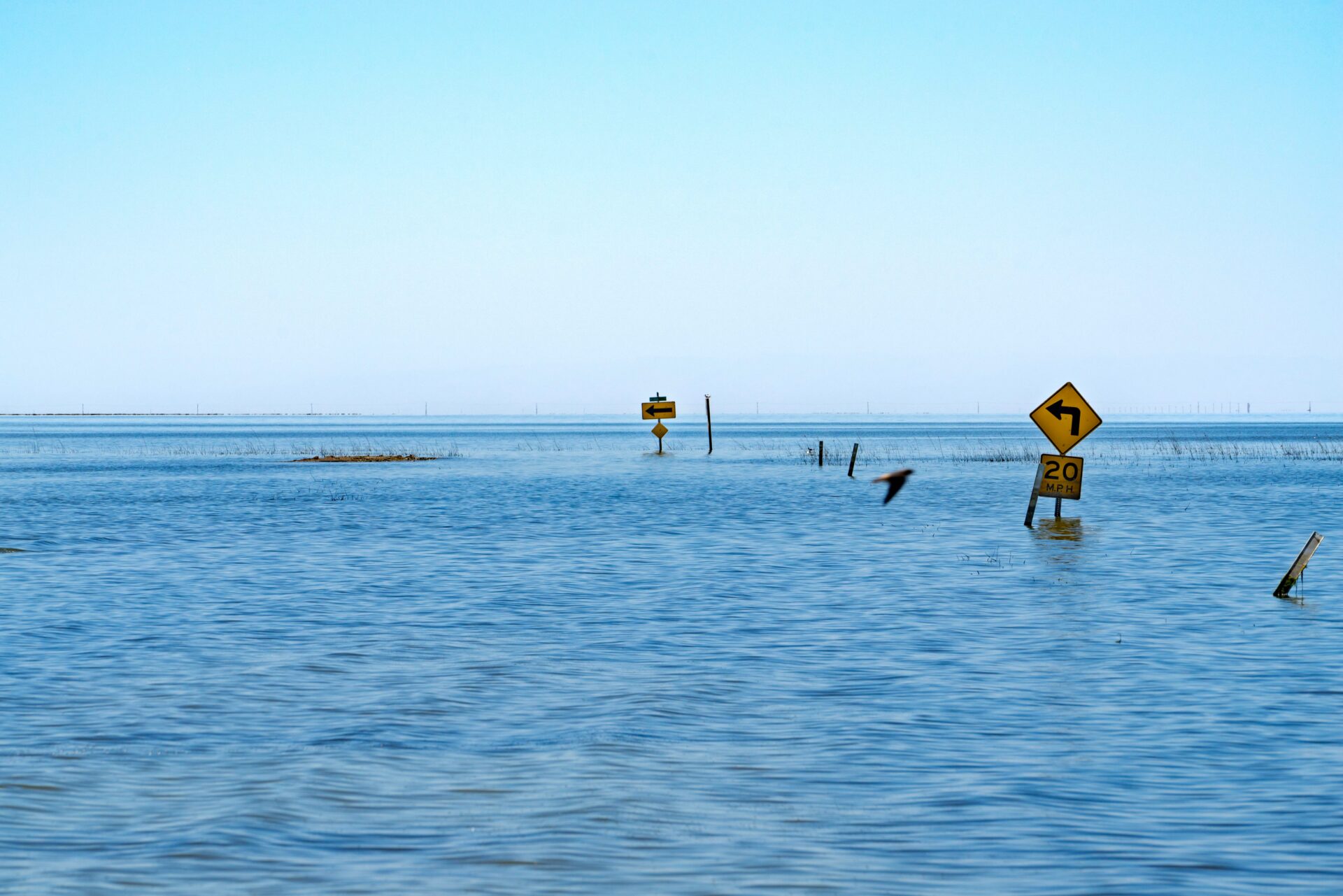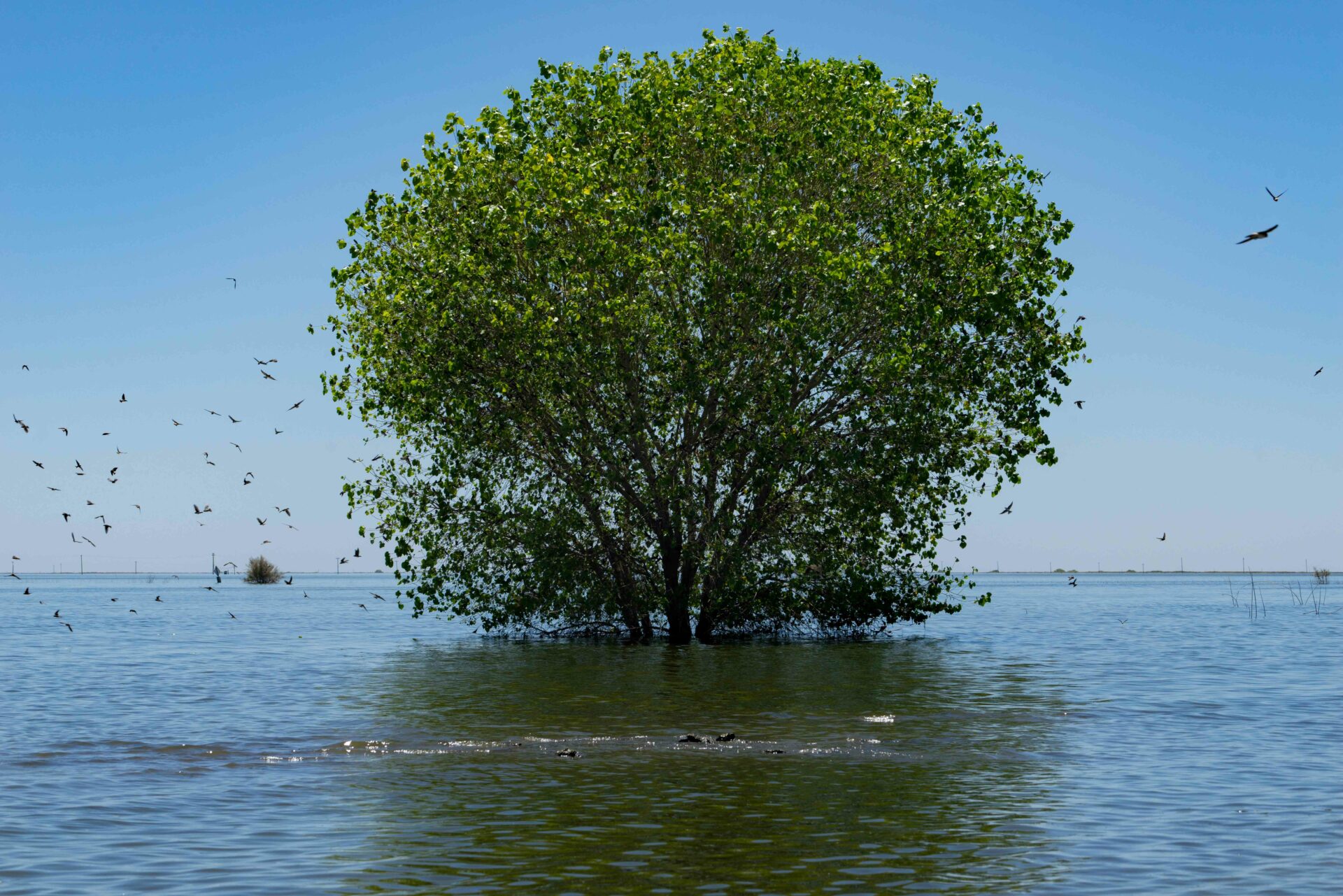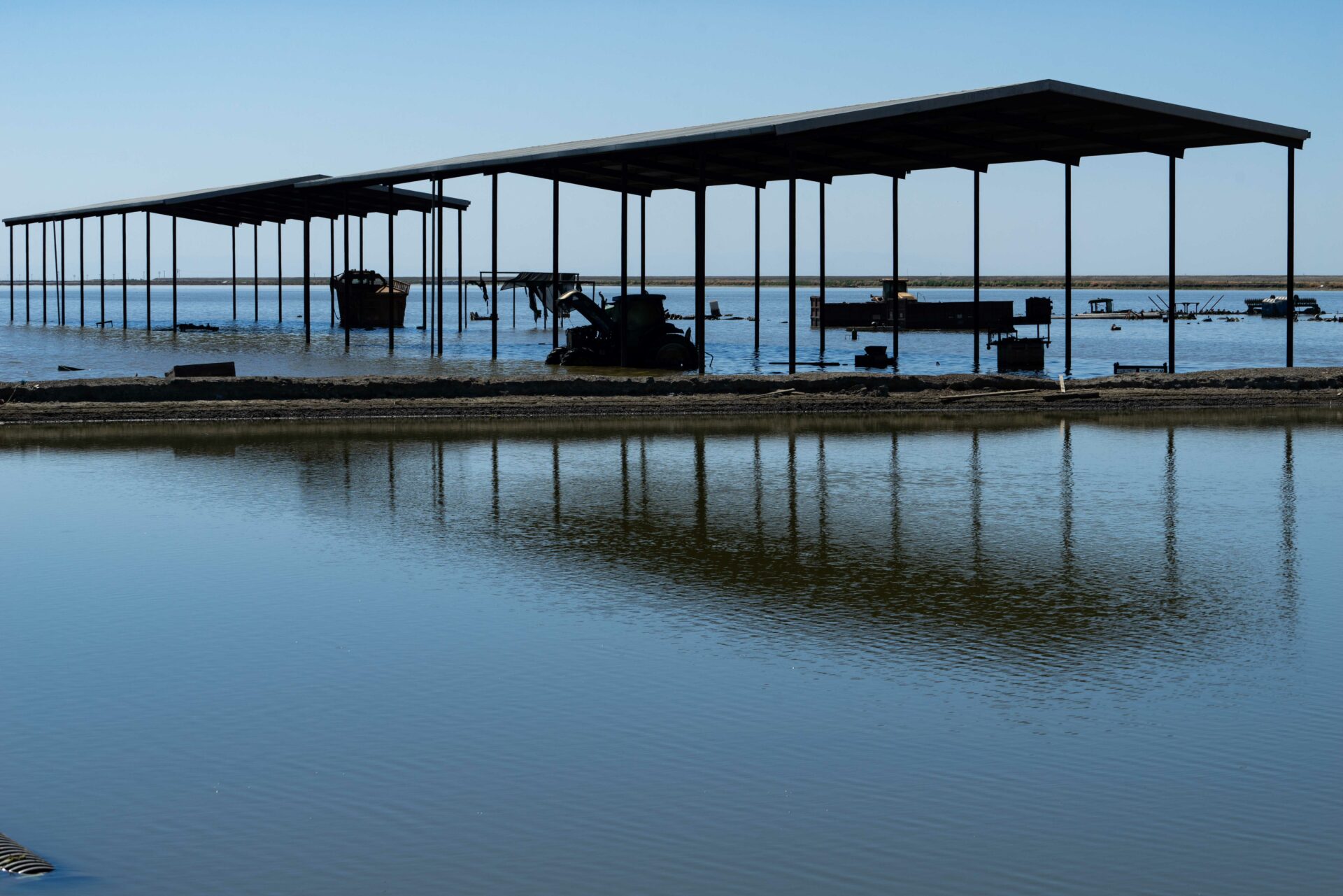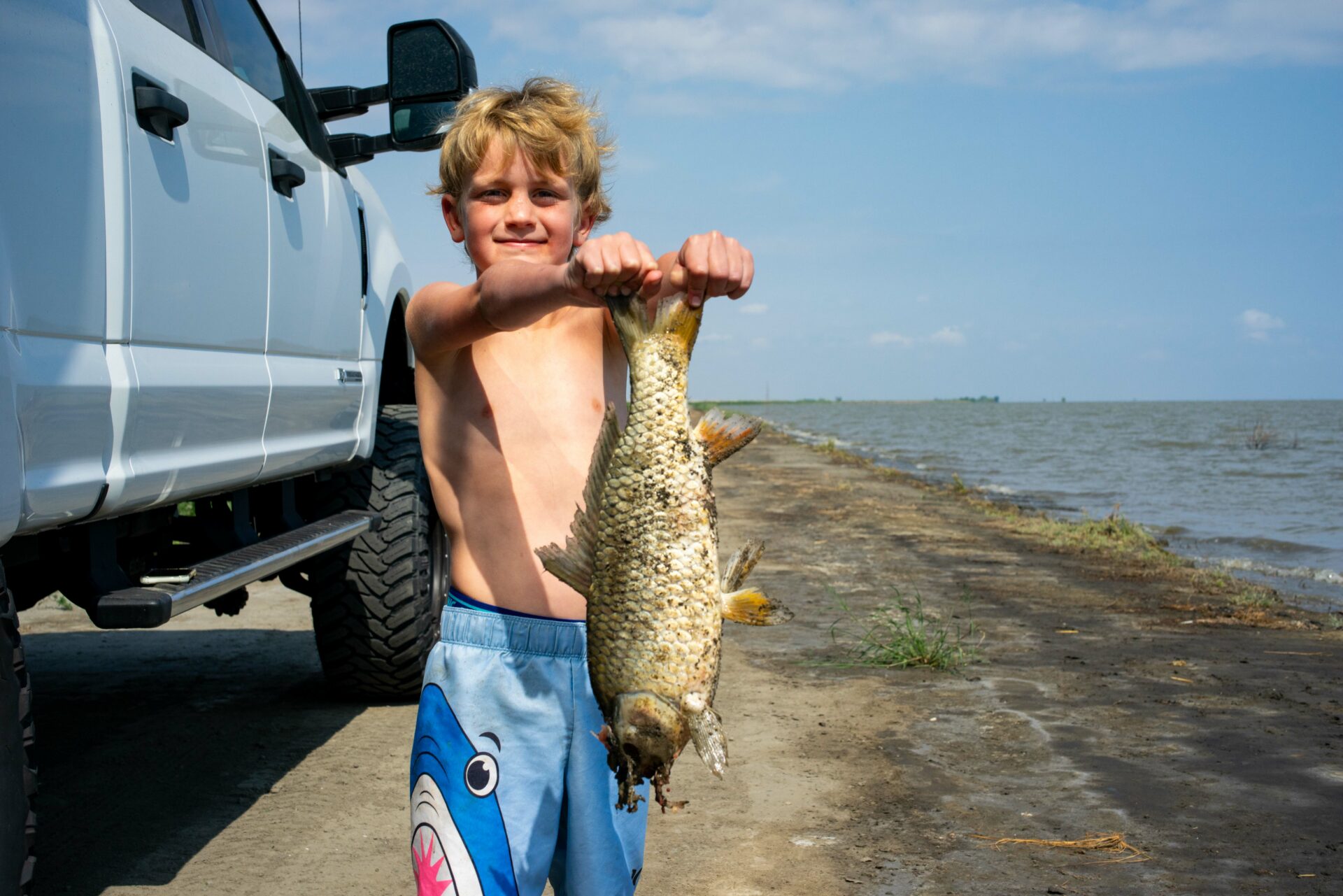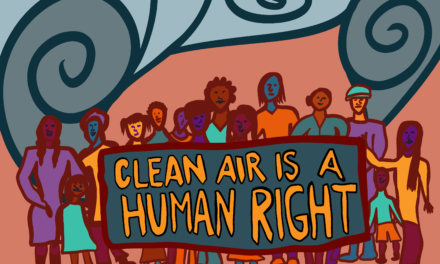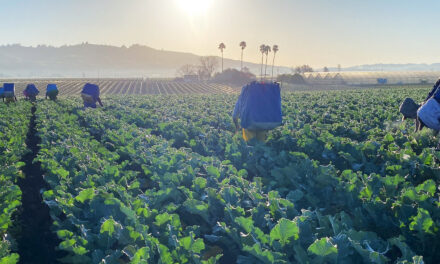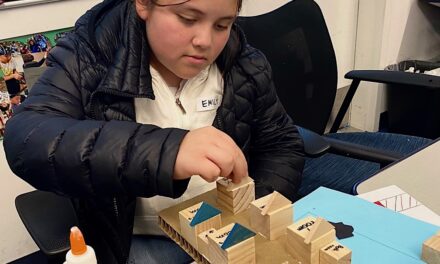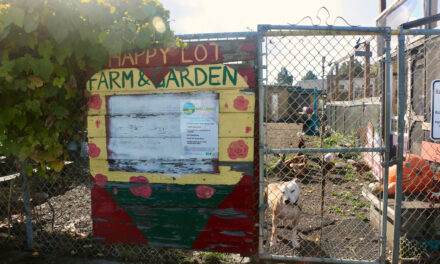Photo: George Alfaro
Photographing A Valley in Transition
Photojournalist George Anthony Alfaro shares a few thoughts about the challenges of photographing in California’s vast Central Valley. “One challenge is trying to show a sense of scale, and balancing that with the human moments that unfold on a more intimate level,” he says. Alfaro’s appreciation for the Central Valley traces back to family members who worked as migrant farm workers. In his photo essay, Alfaro, who is just finishing up a Masters degree in journalism at UC Berkeley, captures a variety of landscapes and extremes in the Central Valley during the summer of 2023, ranging from the intensive agriculture of almond orchards to a brief brush fire, oil drilling, and the return of a lost lake.
Extremes-in-3D
A five-part series of stories in which KneeDeep Times explores the science behind climate extremes in California, and how people and places react and adapt.
Supported by the CO2 Foundation and Pulitzer Center.
FULL READ
Photographing A Valley in Transition
The most challenging part of photographing in the Central Valley is trying to show a sense of scale, and balancing that with the human moments that unfold on a more intimate level. The valley is vast, and it can be difficult to communicate the sense of scale to others who are unfamiliar with the area. It is also easy to get lost in the landscape when you are out in the field.
Another unique challenge is the heat. By 9 a.m., temperatures begin to reach 100°F in the summer, and the heat persists for nearly 12 hours. It can be dangerous if you are unprepared.
My appreciation for the Central Valley goes far back to my family members who worked as migrant farm workers, traversing the border to cultivate the fields. During my early teenage years, I traveled through the valley to compete in sports events. I happened to be reading Steinbeck’s Of Mice and Men on one of those trips. Making the connection between my studies and the land around me only reinforced my appreciation for this area of California.
Now returning as an adult to photograph, I am drawn to the tension between land usage, environmental impact and the subsequent decline in the quality of life. There are laws set in place to regulate the industrial and agricultural operations here. But without any meaningful enforcement from regulatory agencies, the Spanish-speaking communities in vulnerable areas bear the brunt of the unchecked extraction.
I am interested in photographing this tension between life and profit, documenting the perseverance of the farmworkers who are pushing back for basic human rights. In a sense, the Central Valley is a microcosm that represents the consequences of climate change as the floods, the return of Tulare Lake and wildfires occur. It is the intersection between health and environment.
In this photo essay, Alfaro, who is just finishing up a Masters degree in journalism at UC Berkeley, captures a variety of landscapes and extremes in the Central Valley during the summer of 2023, ranging from intensive agriculture to a brief brush fire to the return of a lost lake.
EXTREMES-IN-3D
A five-part series of stories in which KneeDeep Times explores the science behind climate extremes in California, and how people and places react and adapt.
Series Home
Click here to enter
Supported by the CO2 Foundation and Pulitzer Center.
EXTREMES-IN-3D
SERIES CREDITS
Managing Editor: Ariel Rubissow Okamoto
Web Story Design: Afsoon Razavi, Vanessa Lee & Tony Hale
Science advisors: Alexander Gershunov, Patrick Barnard, Richelle Tanner
Series supported by the CO2 Foundation.
Early reporting supported by Pulitzer Center, Connected Coastlines.
Top Video: Sacramento Valley birds by Jak Wonderly.






